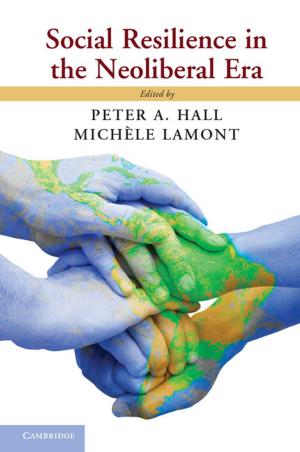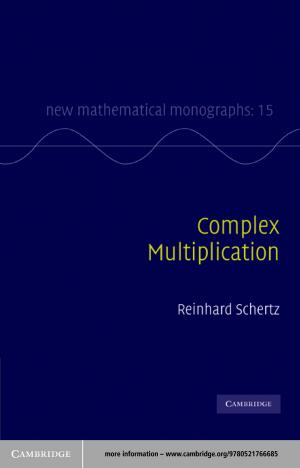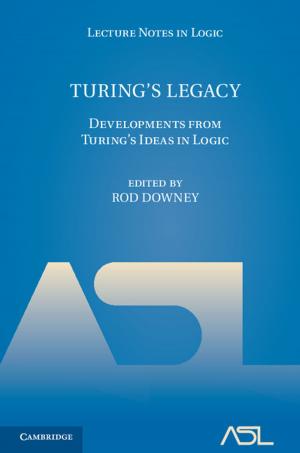Letter Writing and Language Change
Nonfiction, Reference & Language, Language Arts, Linguistics, Education & Teaching| Author: | ISBN: | 9781139985116 | |
| Publisher: | Cambridge University Press | Publication: | July 16, 2015 |
| Imprint: | Cambridge University Press | Language: | English |
| Author: | |
| ISBN: | 9781139985116 |
| Publisher: | Cambridge University Press |
| Publication: | July 16, 2015 |
| Imprint: | Cambridge University Press |
| Language: | English |
Letter Writing and Language Change outlines the historical sociolinguistic value of letter analysis, both in theory and practice. The chapters in this volume make use of insights from all three 'Waves of Variation Studies', and many of them, either implicitly or explicitly, look at specific aspects of the language of the letter writers in an effort to discover how those writers position themselves and how they attempt, consciously or unconsciously, to construct social identities. The letters are largely from people in the lower strata of social structure, either to addressees of the same social status or of a higher status. In this sense the question of the use of 'standard' and/or 'nonstandard' varieties of English is in the forefront of the contributors' interest. Ultimately, the studies challenge the assumption that there is only one 'legitimate' and homogenous form of English or of any other language.
Letter Writing and Language Change outlines the historical sociolinguistic value of letter analysis, both in theory and practice. The chapters in this volume make use of insights from all three 'Waves of Variation Studies', and many of them, either implicitly or explicitly, look at specific aspects of the language of the letter writers in an effort to discover how those writers position themselves and how they attempt, consciously or unconsciously, to construct social identities. The letters are largely from people in the lower strata of social structure, either to addressees of the same social status or of a higher status. In this sense the question of the use of 'standard' and/or 'nonstandard' varieties of English is in the forefront of the contributors' interest. Ultimately, the studies challenge the assumption that there is only one 'legitimate' and homogenous form of English or of any other language.















